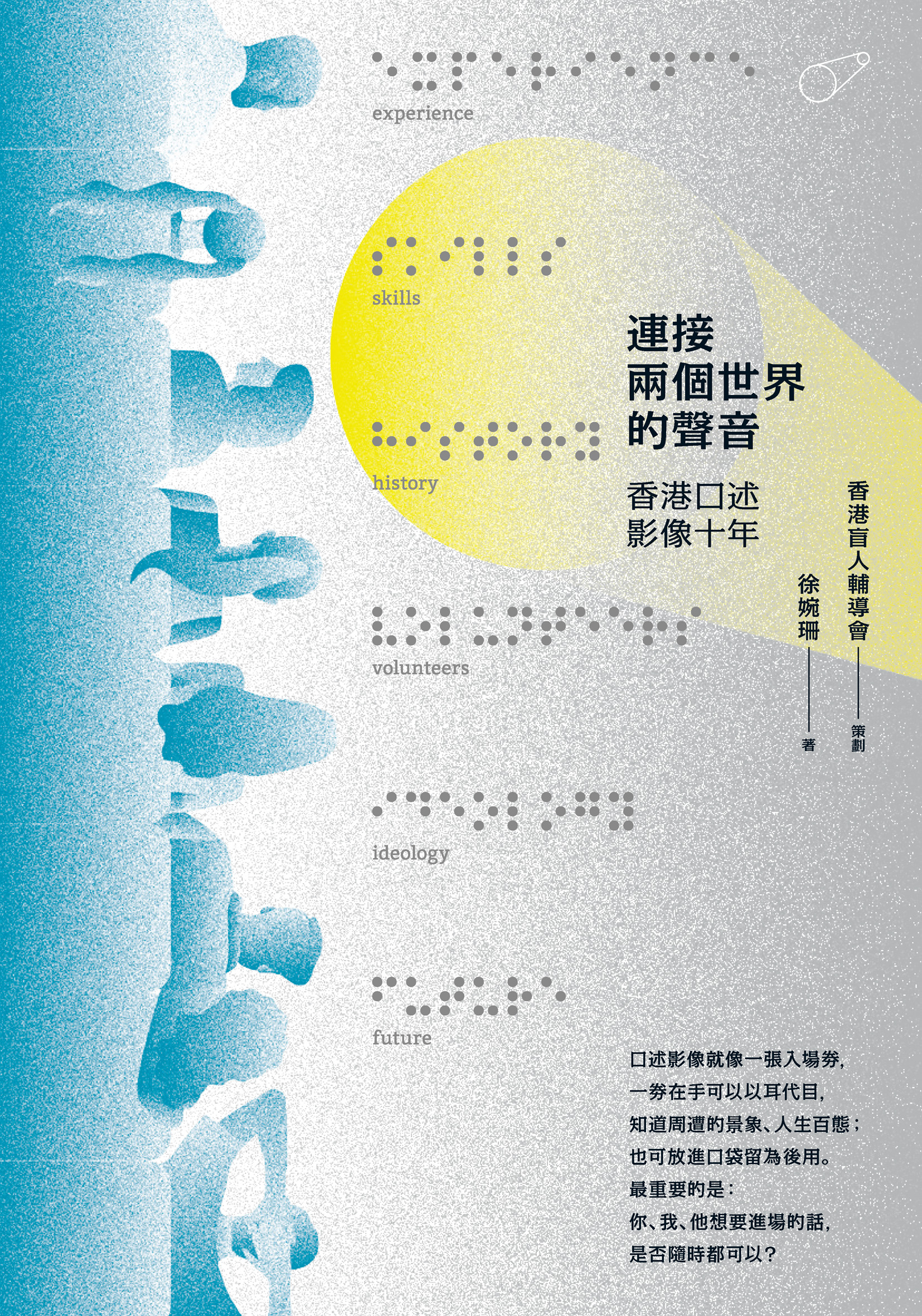
The voice that connects Two Worlds: Ten Years of Described Video in Hong Kong
"It didn't change my life, but it changed the entire visually impaired community in Hong Kong, which means it changed the people around me." - Writer and retinitis pigmentosa patient Lu Jingchi
"Some people will label you. They won't treat you as a ‘normal’ person, whatever that means. Or they find you capable of doing what normal people can do and think you're credible. That kind of patronizing compliment means that those people cannot see beyond your disability and do not think you're one of them." - Xian Songen, who is studying music therapy in Canada and had retinal detachment due to oxygen therapy in his early years
This book records the development of described video in Hong Kong from its inception to the present day, including how the film industry has participated in projects that seem to belong only to the social welfare sector. The author interviewed many described video users and used their stories to show the living conditions of visually impaired people from the 1970s to the present day. Described video relies on volunteer services for a long time. Volunteers have different reasons for their involvement: a sense of purpose, satisfaction, interest, etc., but they all emphasize: it is not a unilateral “help”, but a mutual appreciation and mutual dependence. It is not easy to operate a non-profit niche service. Described video has been favored by the media, business, film industry, and volunteering youth. At first glance, it almost seems like the fantasy realm of "the whole universe united to help you". What is the secret behind it?




